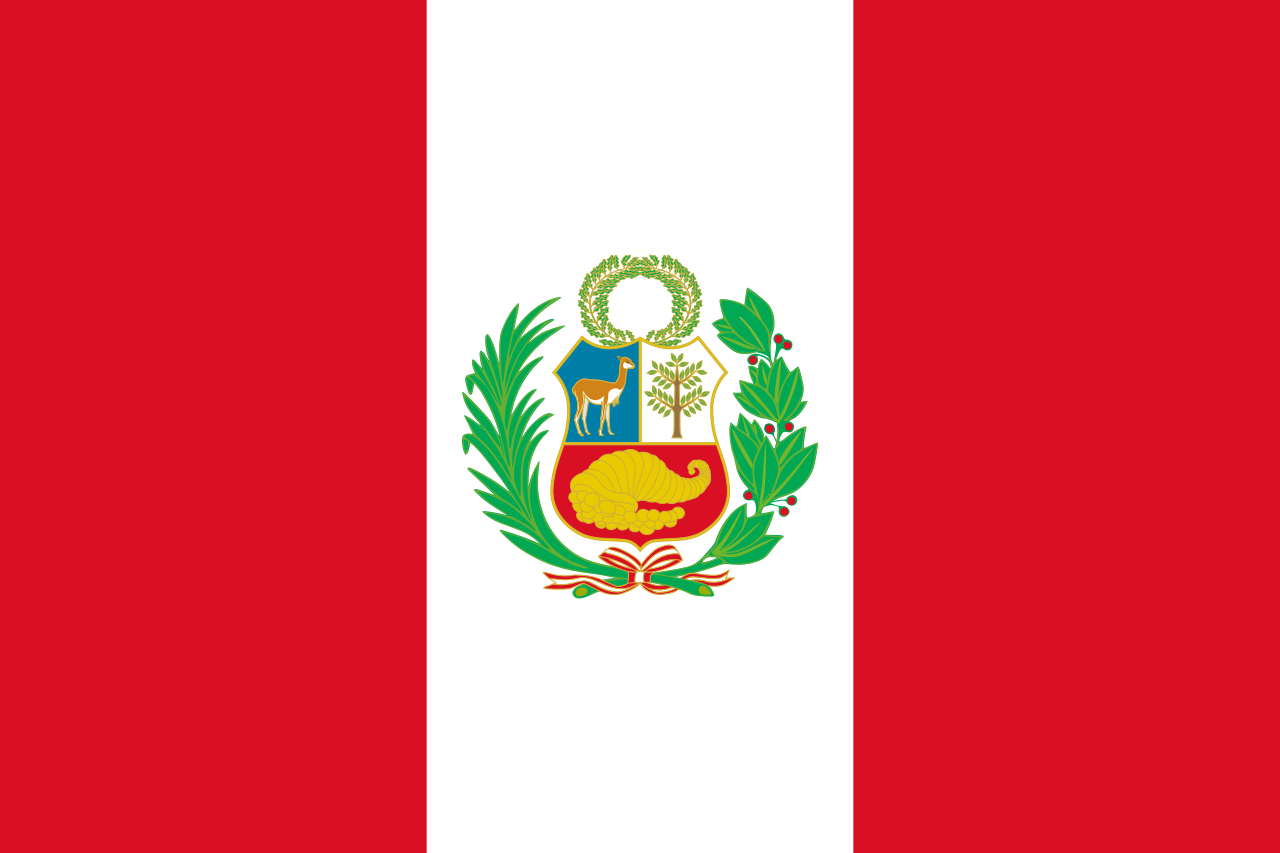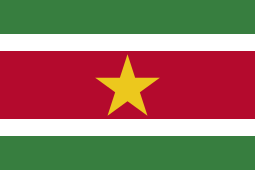The key challenges of AML compliance in Latin America and the Caribbean
Whether conducting risk assessments or reviewing client due diligence, it is vital to understand the risks and responsibilities of money laundering challenges for different jurisdictions.
In this article, VinciWorks considers the key AML challenges and laws in Peru, and what organisations should consider when assessing customer, geographic or matter risk.
For more on the key AML risks and challenges in Latin America and the Caribbean, download our free guide to compliance.
Click here to download a free copy.
Key risks
- Enforcement – despite a relatively robust commitment to AML, alongside strong national plans and policies, enforcement is still lacking, with investigations and prosecutions not meeting expected standards.
- Informal economy – the informal sector employed around 70% of the population prior to the Covid-19 pandemic, with the attendant risks of tax evasion, corruption and money laundering that go with such a large amount of the economy being informal. However there has been a lack of research since to understand the scope and challenges of the sector.
- Illegal mining – mining constitutes a significant sector of the economy, contributing to around 10% of GDP and over 60% of exports. Illegal mining is driven by poverty and a lack of government oversight in key areas of natural resources. Copper, zinc, gold and other precious metals are mined in Peru, presenting a significant risk for money laundering and corruption. Nearly half of the financial intelligence reports in the last decade were connected to illegal mining.
- Drug trafficking – Peru is the second largest producer of cocaine in the world and serves as a key transit point for drugs being trafficked into North America and Europe.
- Porous borders – Peru has long and porous borders which allow illegal goods and money to transit.
Criminal proceeds
An estimated $3.2 billion – $7.9 billion is laundered every year Peru.
AML policy summary
Peru is seen as having high levels of corruption and a lack of knowledge. It is weak in terms of prosecution but has stronger prevention methods.
Legal summary
Peru has a National Plan Against Money Laundering and Terrorist Financing which seeks to address money laundering risks across the economy.
The main money laundering laws in Peru are:
- Legislative Decree 1106 – this sets out the legal framework for money laundering, illegal mining and organized crime
- Law Decree 25475 – this regulates terrorist financing prevention methods
- Law 30737 – this requires reparations to the state in the case of corruption
- Law 28950 – this is concerned with human trafficking
- Law 22095 – this is concerned with drug trafficking
- Legislative Decree 1327 – this provides protection for corruption whistleblowers
- Legislative Decree 1372 – this established beneficial ownership registers
Weaknesses
Cash traders, banks and real estate are seen as key channels for financial crimes and laundering cash. Mining is a significant contributor to the Peruvian economy, with illegal mining operations drawing in organized crime.
Remittances from abroad are a key risk factor for increasing opportunities for money laundering. The informal economy is awash with cash which allows financial crimes to continue undetected. There is also insufficient knowledge of financial crime and resources for supervisory authorities and law enforcement to tackle it.
Public financed projects are susceptible to money laundering and corruption, alongside government assistance to vulnerable populations and political campaigning, despite these being regulated. The education, health and law enforcement sectors are at a high risk for corruption given the low pay.
Cryptocurrency is a growing area of concern. Peru is one of the top three countries in Latin America for cryptocurrency use, which presents significant money laundering challenges the country is under-resourced to address.
Legal mining companies have been known to engage in illegal or informal mining practices for periods of time. Trafficking of people, sex work, drug trafficking and money laundering are key risks for areas of high mining activity.
Strengths
Peru is considered broadly compliant with most of GAFILAT’s technical recommendations. Peru has committed to strengthening transparency, information sharing, as well as citizen participation in the fight against corruption.
More information
VinciWorks has created a guide designed to support businesses that currently operate in Latin America and the Caribbean, or are planning to, or seeking to expand to new countries in the region. This guide provides an overview of some of the key AML challenges and issues and includes a country-by-country assessment of AML risks and laws.
Click here to download a free copy.










